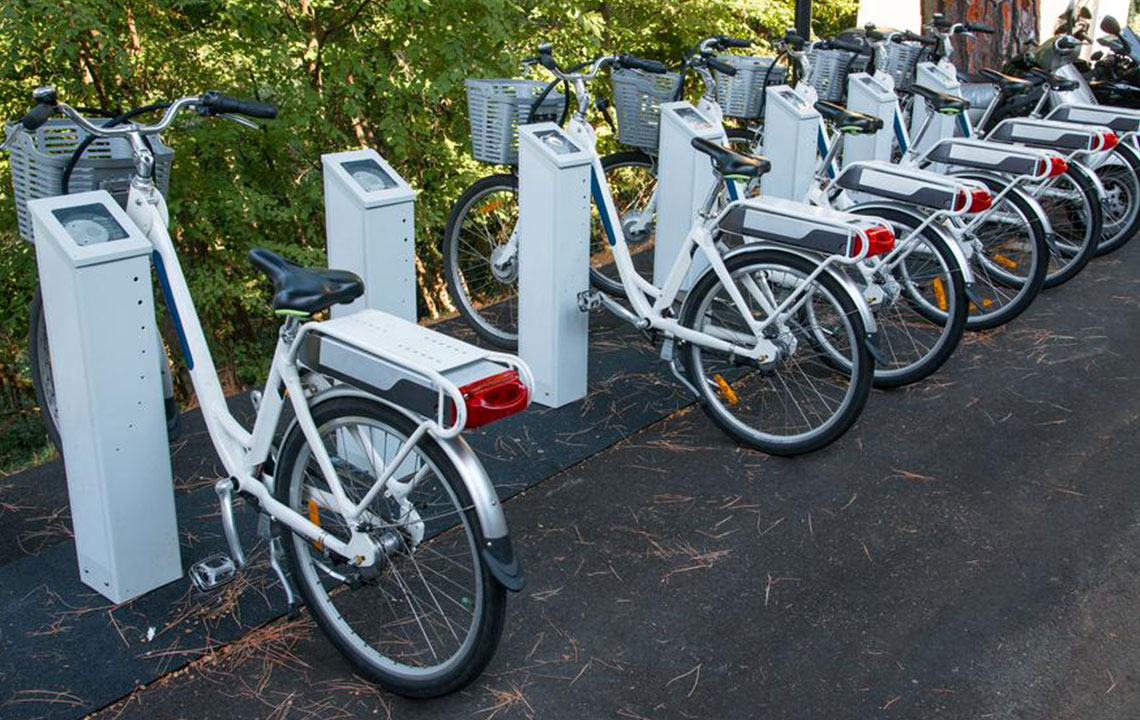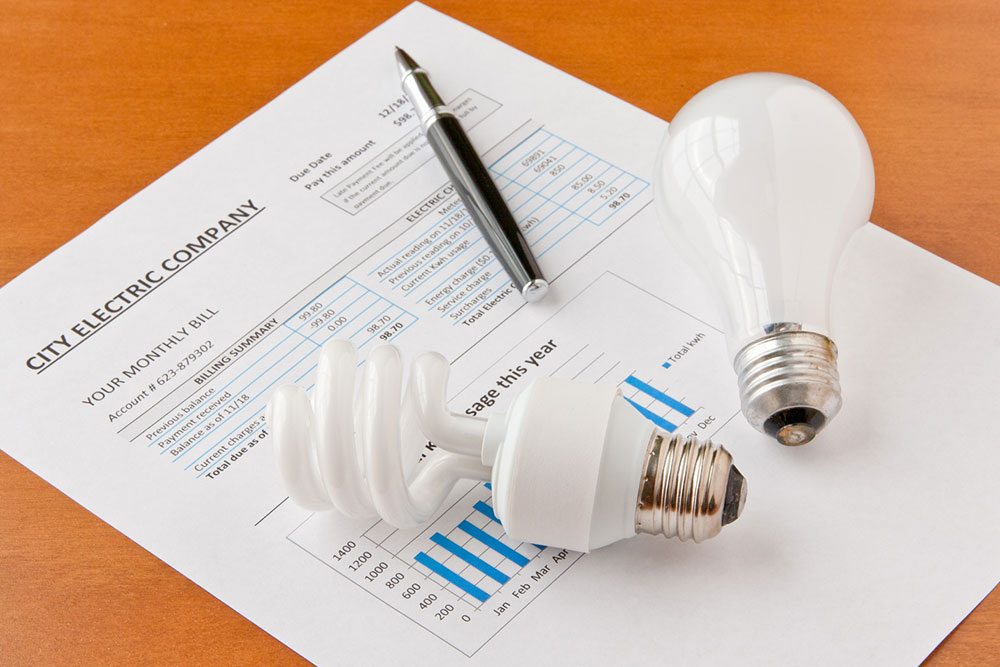Comprehensive Guide to Buying an Energy-Efficient Electric Bicycle
This comprehensive guide provides essential tips for purchasing an energy-efficient electric bicycle. It covers battery specifications, energy consumption calculations, and cost estimates, helping buyers make informed decisions. By understanding key technical factors, users can select models that are cost-effective, environmentally friendly, and suitable for their specific needs. The article emphasizes the importance of battery capacity, charging costs, and performance features, offering practical insights for both casual riders and commuters looking to adopt sustainable transportation solutions.

Essential Considerations for Choosing an Eco-Friendly Electric Bike
In the past, commuting over long distances on a traditional bicycle was often limited by physical endurance and terrain challenges. Electric bicycles, or e-bikes, have transformed the way people travel, offering a blend of traditional biking with modern electrical assistance. These innovative bikes not only make riding easier and more enjoyable but also open up new possibilities for commuting, recreation, and eco-friendly transportation. However, as with any significant purchase, it's crucial to understand the key factors that impact energy consumption, maintenance costs, and overall efficiency to make an informed decision.
Understanding Battery Voltage and Technical Specifications - The heart of any electric bike is its battery. To assess an e-bike's energy efficiency, you need to examine its battery's voltage, current, and capacity ratings. Typically, this information is printed directly on the battery or included in the product's user manual. Most common e-bikes are equipped with lithium-ion batteries, which are lightweight, durable, and capable of delivering high energy density.
For example, a standard electric bicycle often uses a lithium battery rated at approximately 10 Amp-Hours (Ah) at 36 volts. This configuration generally offers a range of about 20 miles per full charge, depending on factors like rider weight, terrain, and assist level. To understand the energy consumption, you can perform a simple calculation: 36 volts x 10 Ah / 1000 = 0.36 kWh. This indicates that each hour of riding consumes roughly 0.36 kilowatt-hours (kWh) of electricity.
Based on the typical battery capacity, if a rider maintains a steady pace, their energy consumption while riding is approximately 0.36 kWh per hour. Charging the battery fully takes about 4 to 5 hours, depending on the charger specifications and battery size. To estimate the total energy used per charging cycle, multiply the charging duration by the hourly energy consumption: 5 hours x 0.36 kWh = 1.8 kWh.
When considering costs, it's important to factor in local electricity rates. For example, in cities like New York, where the average electricity price is around $0.10 per kWh, the approximate cost for charging the e-bike fully would be:
$0.10 x 1.8 kWh = $0.18.
This modest expense illustrates the cost-effectiveness of energy-efficient e-bikes for daily commutes or leisure rides. Over time, the savings compared to traditional transportation methods can be significant, particularly when combined with the environmental benefits of reduced emissions.
In addition to energy consumption and cost, prospective buyers should also pay attention to other important factors such as motor power, weight, battery lifespan, maintenance requirements, and available features. Choosing an e-bike that balances power efficiency with durability ensures long-term satisfaction and cost savings.
Understanding these technical details enables consumers to select the most suitable electric bike model for their needs, optimizing both performance and energy savings. With advances in battery technology and motor efficiency, modern e-bikes are becoming more affordable and eco-friendly, making sustainable transportation accessible to more people worldwide.
In conclusion, investing time in understanding the key specifications of an electric bicycle can help you make a smarter purchase decision. Whether you're commuting to work, exploring recreational trails, or aiming to reduce your carbon footprint, choosing an energy-efficient e-bike can provide reliable service, lower operating costs, and contribute to a greener environment. Keep these insights in mind to enjoy a smooth, cost-effective, and eco-friendly riding experience for years to come.





